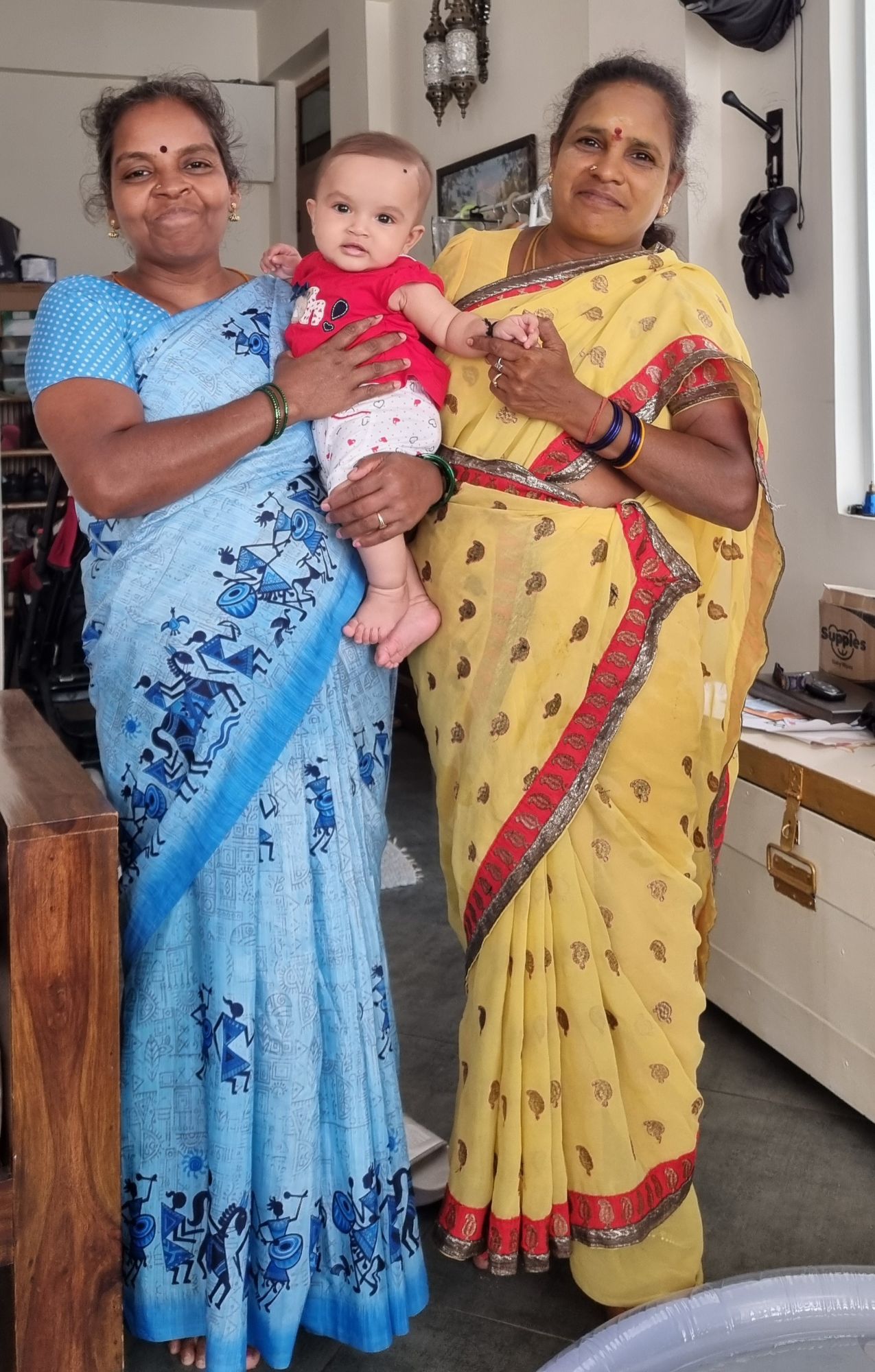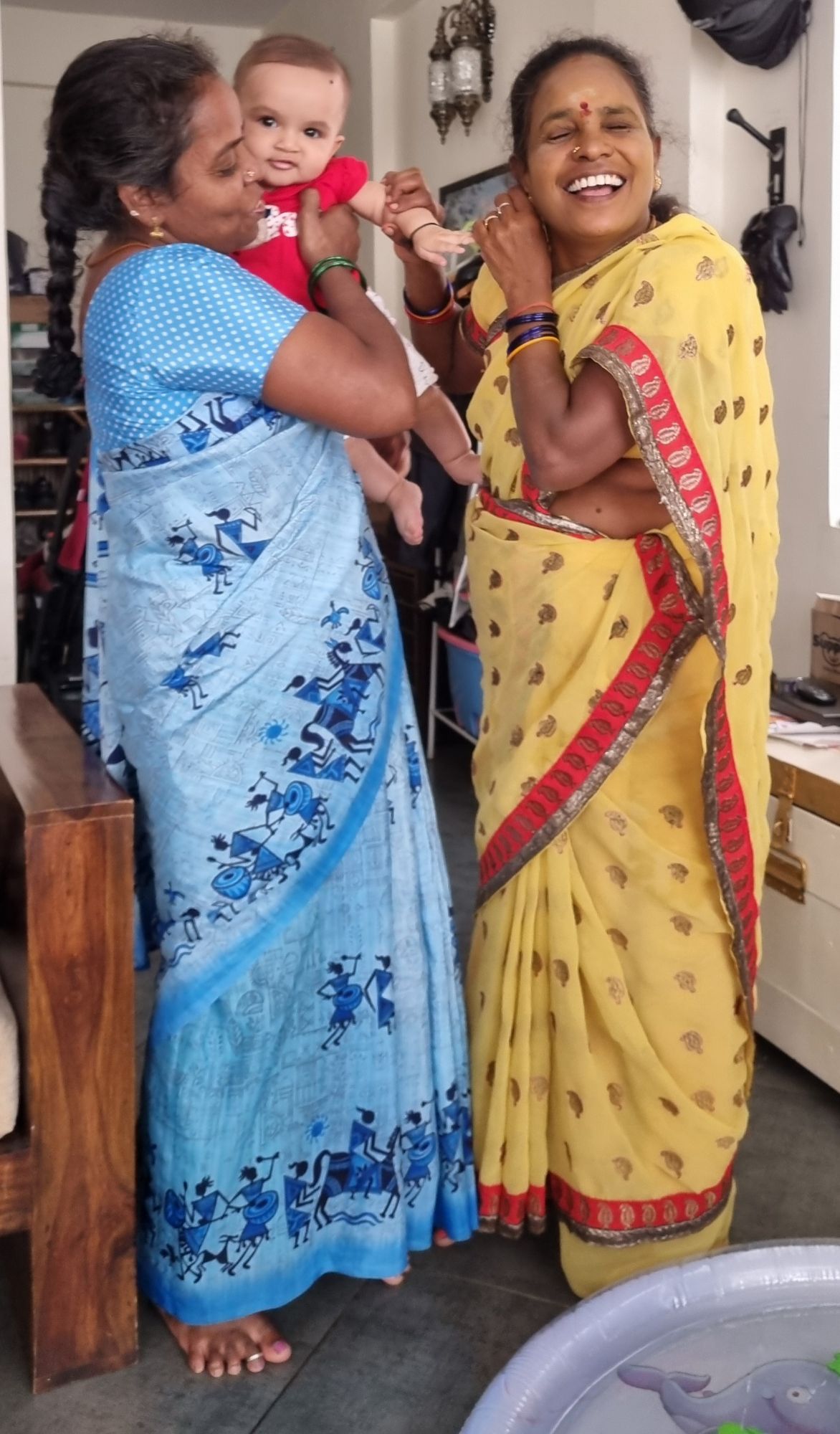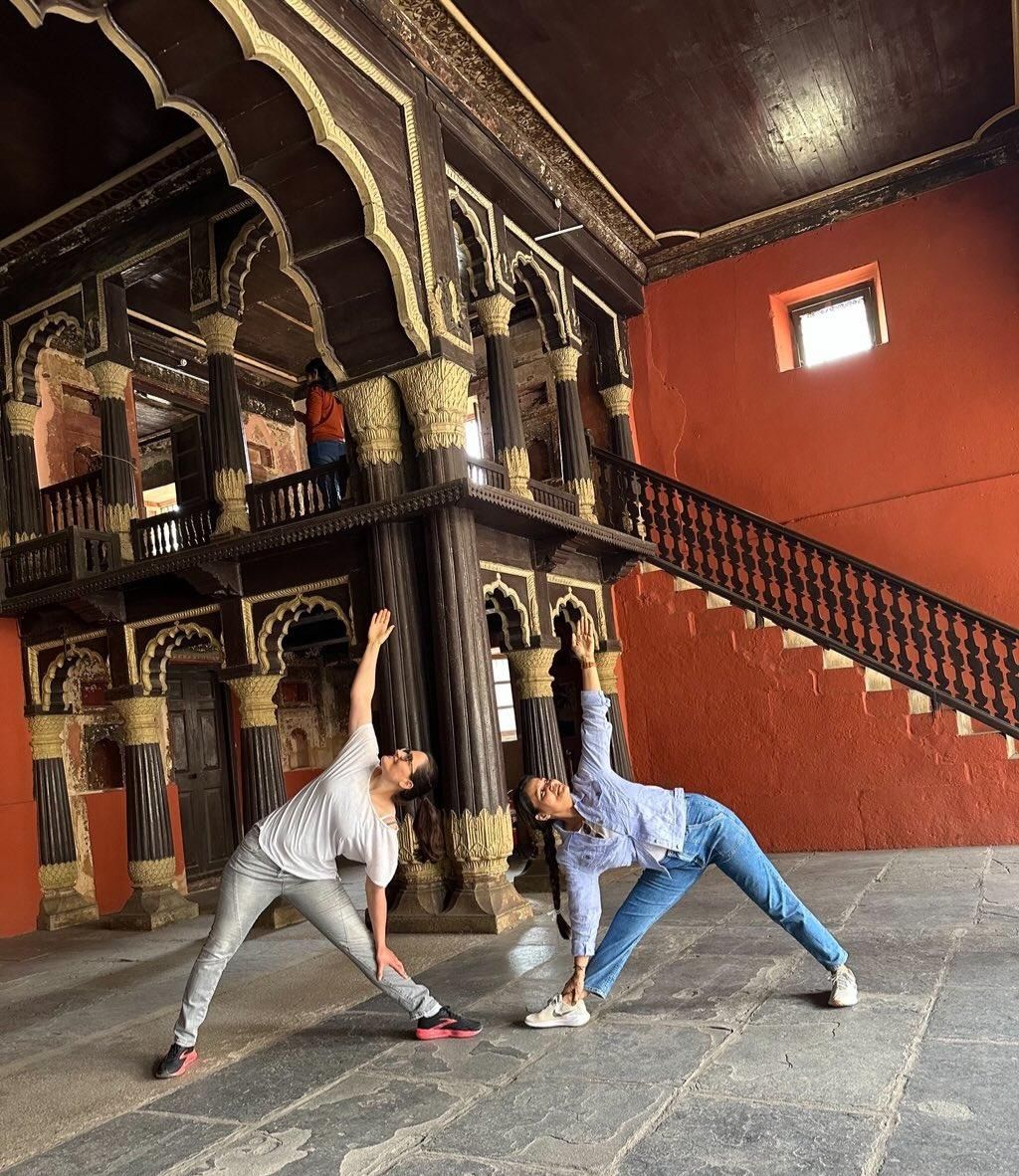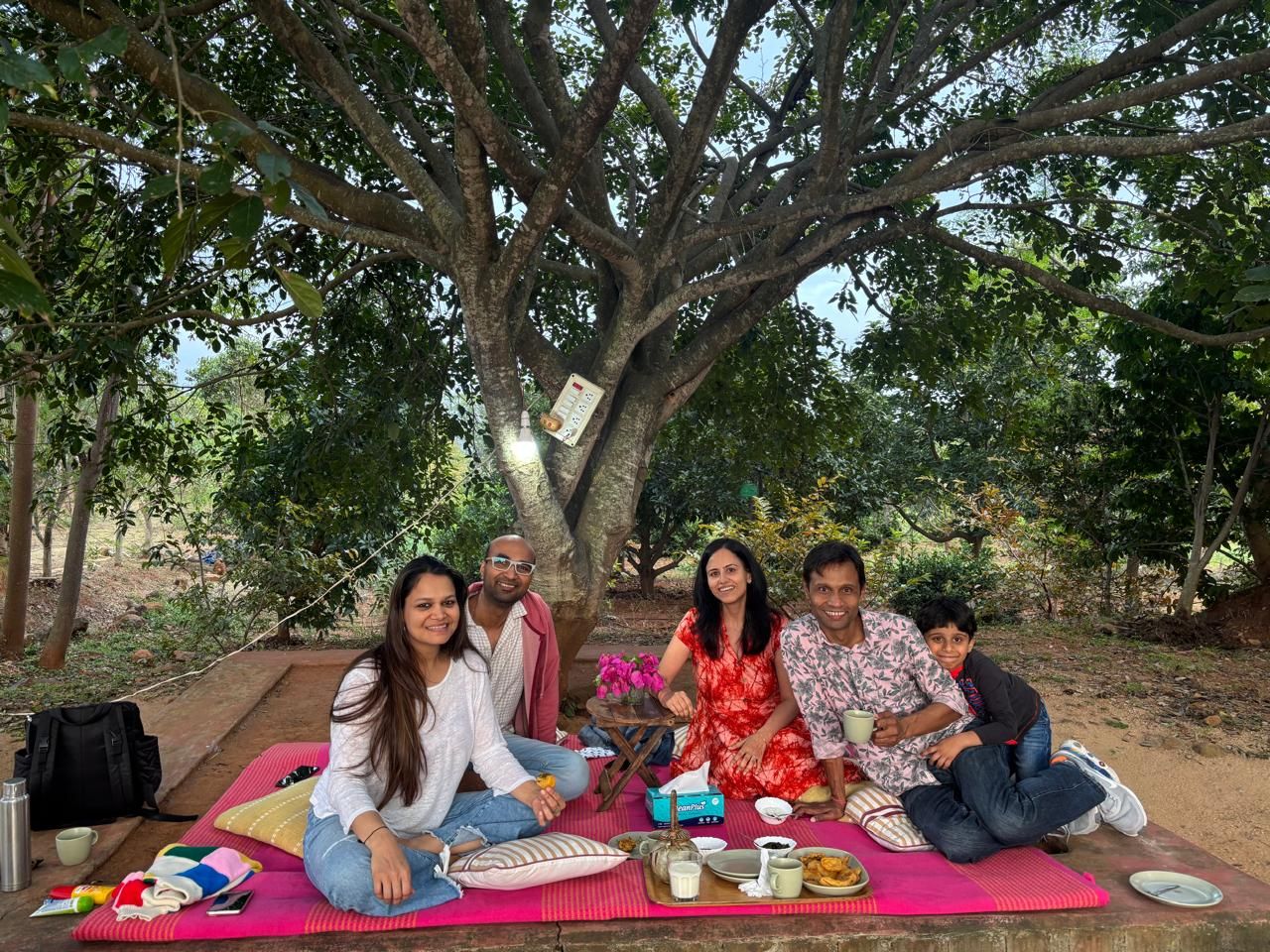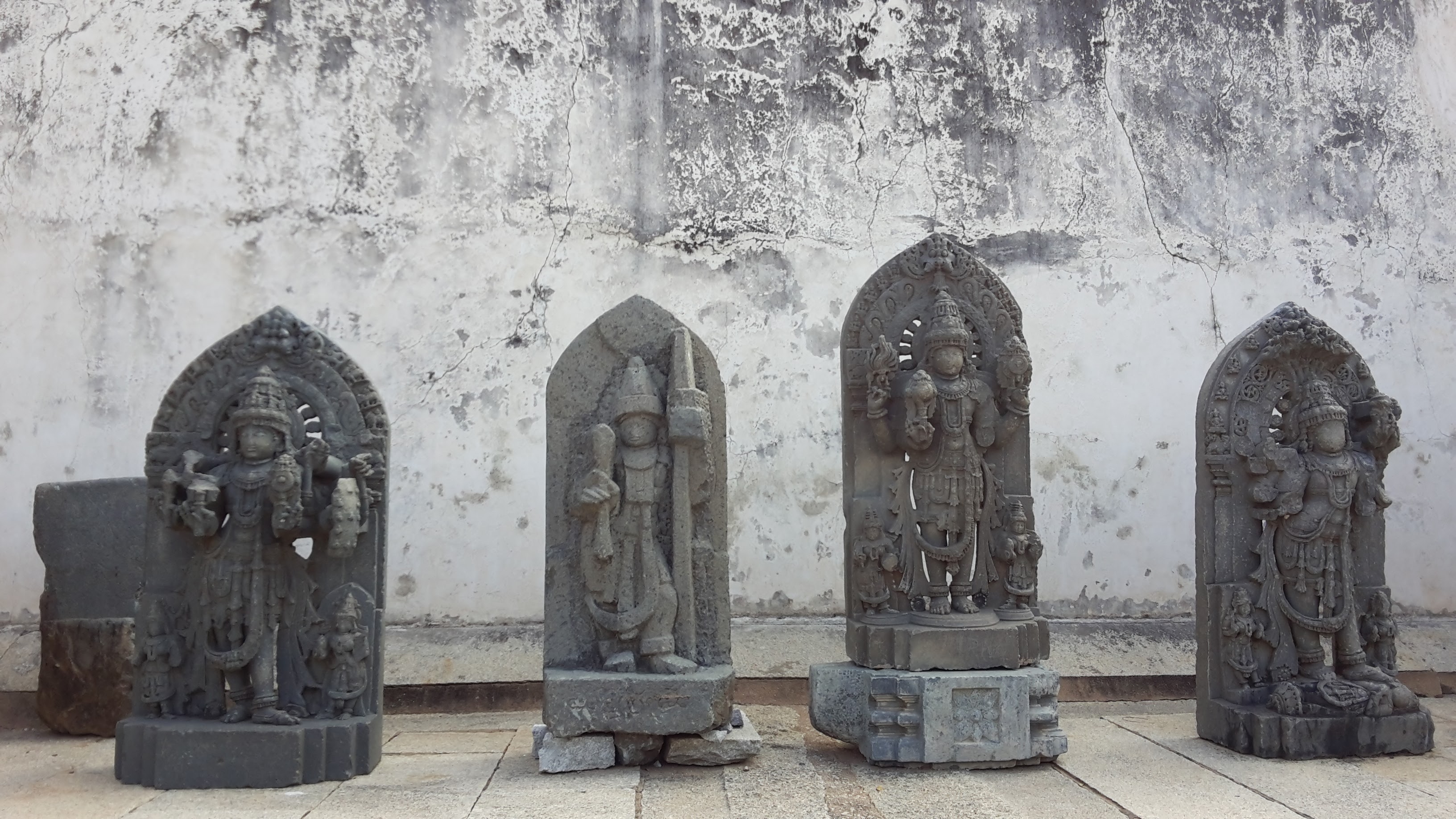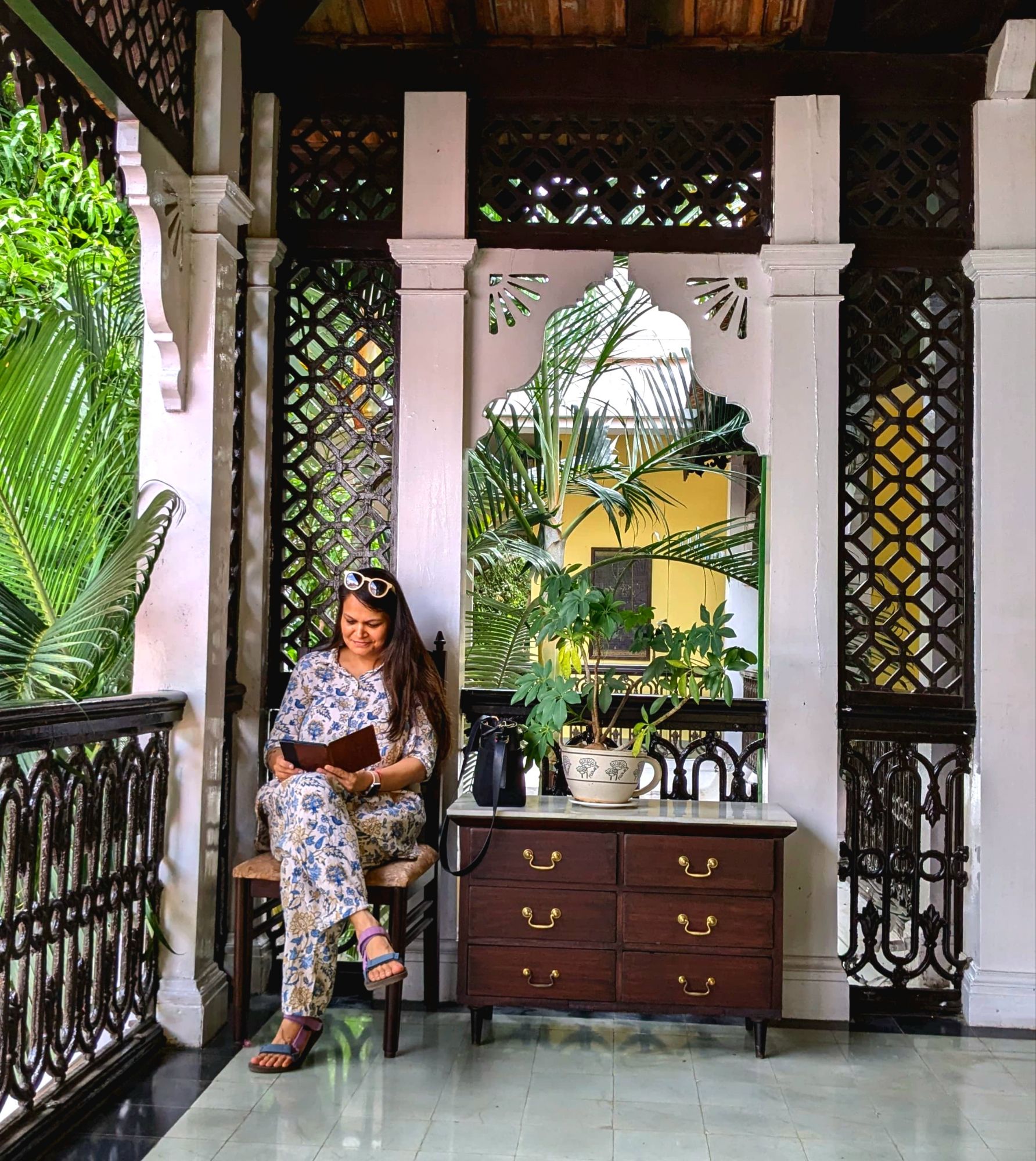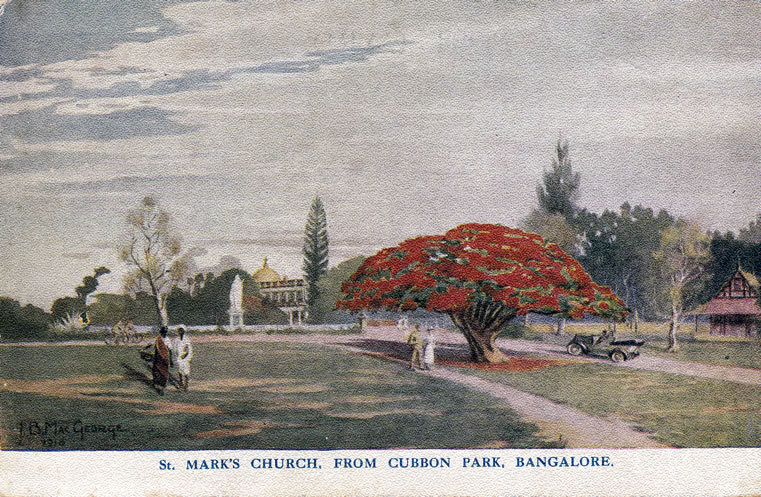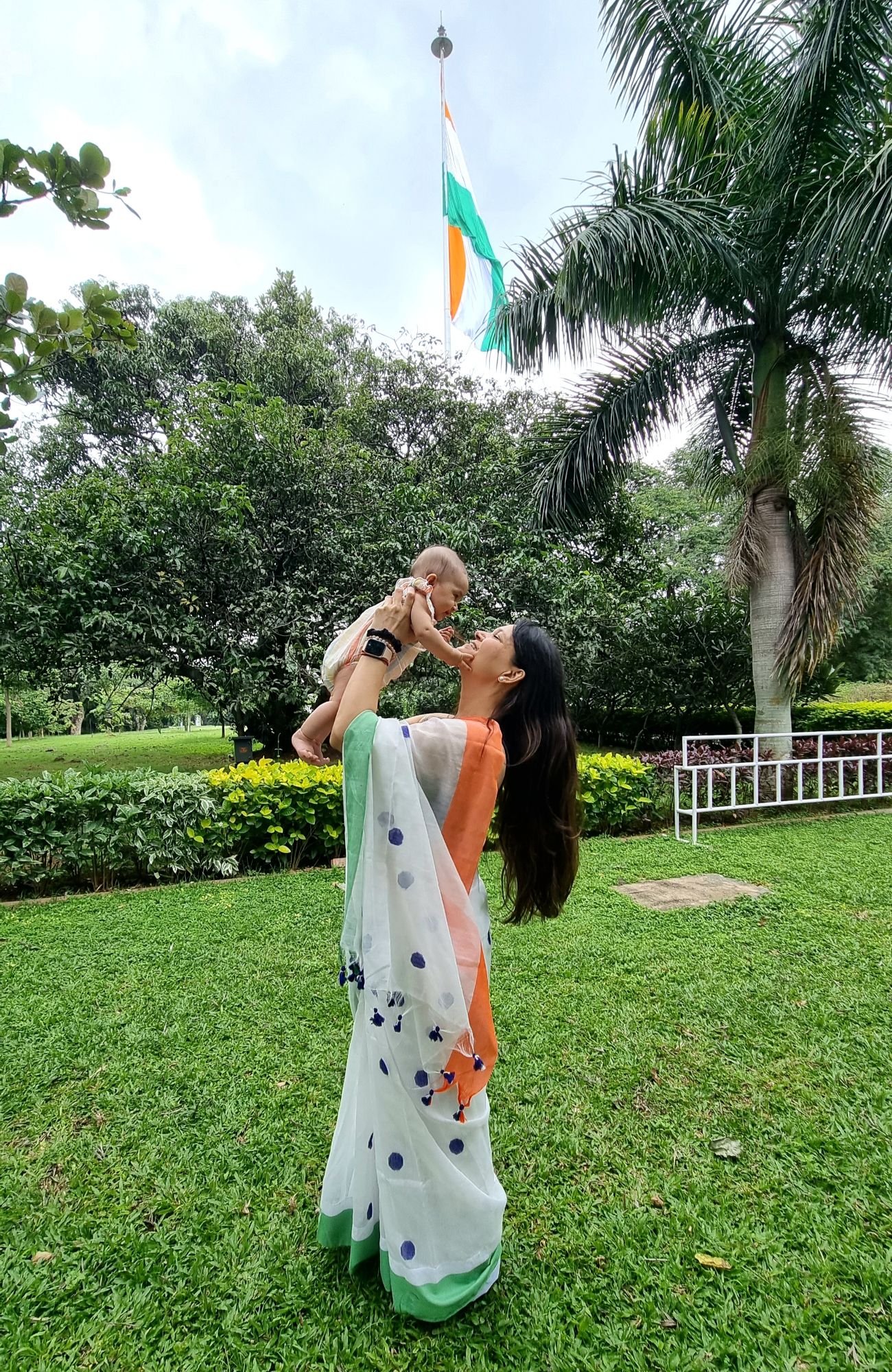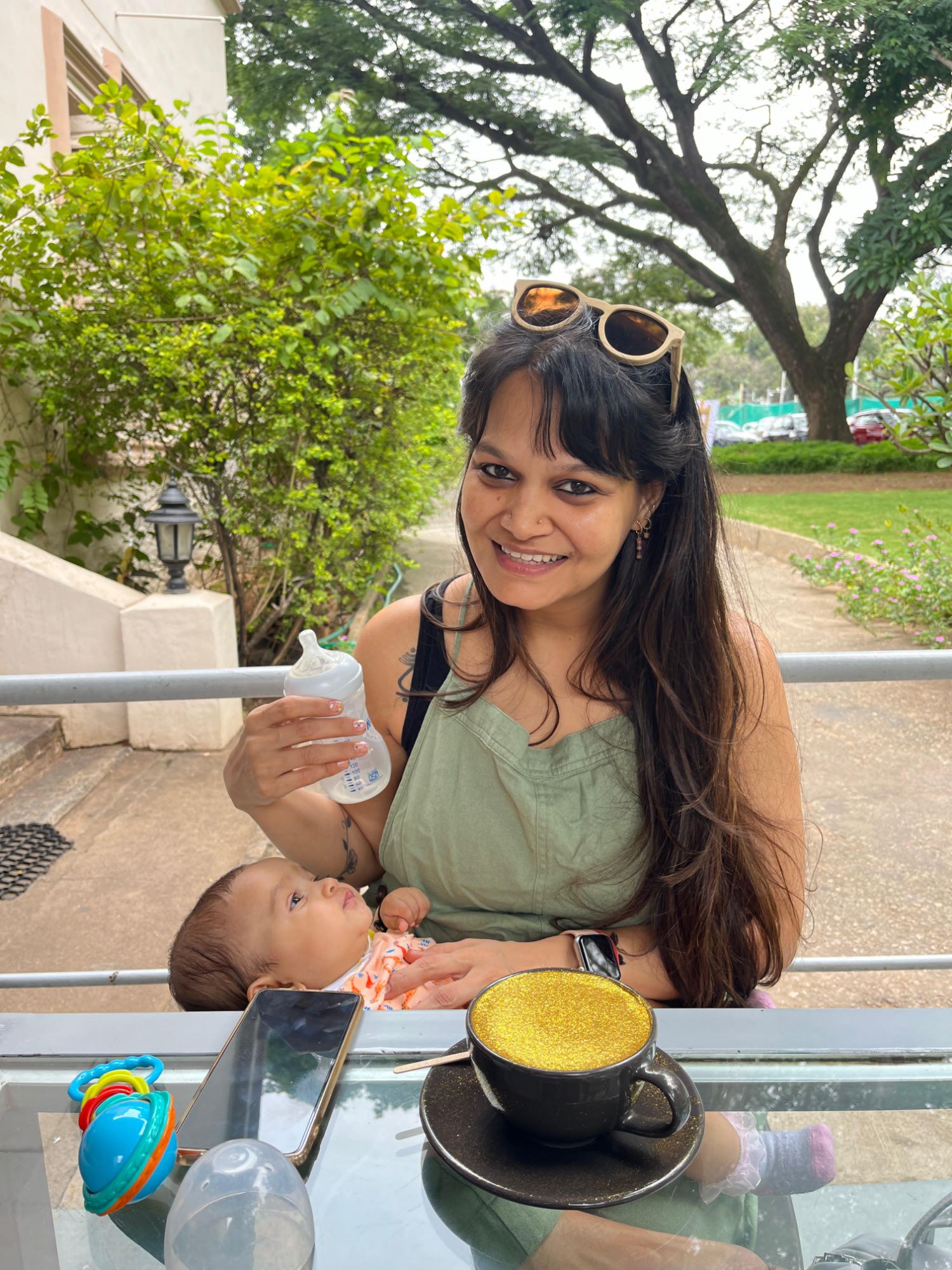…was my 43rd.
Many Iyengar practitioners take what I call the Light on Yoga birthday challenge every year – they practice the number of asanas from the book corresponding to their age. I’ve just recently started to feel my old flexibility coming back, after a deep tissue massage last month. But things had been so busy that I remembered this challenge only on Feb 1st. With everything else going on (read ramping up classes, taking care of a wriggly 11 month old, trying to get the nanny situation under control), I couldn’t really prepare for the challenge as I used to in previous years. In the end I just did my best and accepted whatever came my way. So my first birthday as a new mom was about acceptance.

